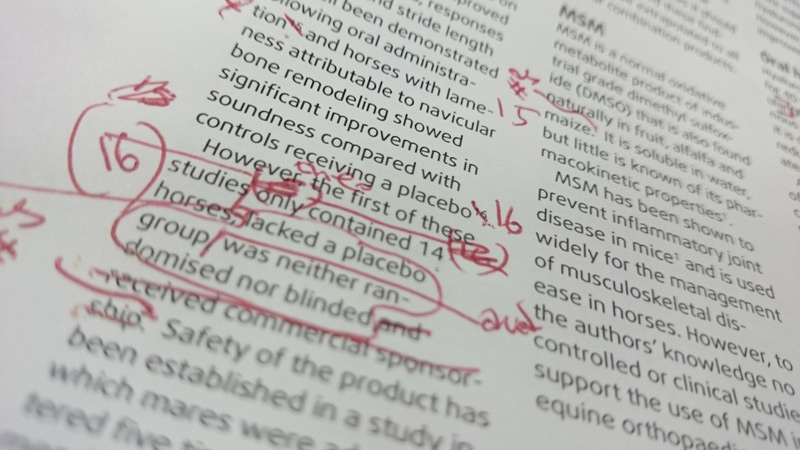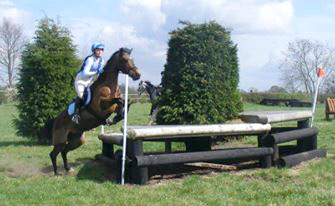
I enjoy writing about my experiences, but I also enjoy reading about others. I’m also a bit (or a lot) of a grammar Nazi, so getting involved in editing over the past couple of years at university has been a lot of fun.
I started by subediting the University of Glasgow’s student newspaper and proofreading emails/letters for fellow students on the organising committee for a charity event, before taking on the role of editor for the student vet magazine (JAVS), which goes out to all UK veterinary schools.
This is something I love doing, but it does have its downsides – and it sometimes feels like trying to draw blood from a stone. The past few editions of JAVS have seen a serious deficiency of contributors, but each one has been saved by my persistent chasing of articles, rallying people I know have an interesting story to tell, and reassuring those who’ve been asked to write but lack confidence in their ability.
Now this begs the question: why do veterinary students not want to write?
- Are they too busy and see it as pointless extra work that won’t be recognised or count towards their degree?
- Are they worried about not producing an item good enough to publish?
- Do they lack confidence in their linguistic abilities?
While the vet degree is insanely busy and students will count every precious moment of free time they have, there are considerable advantages to having a piece of writing published – be that in print or on the internet.
Getting your name out there

It’s surprising how far an article or blog post can reach. People with seemingly nothing to do with the veterinary profession or, alternatively, those higher up in the profession may see them.
Social media provides a particularly excellent platform for getting your work out there – many of the student written articles published on the AVS (Association of Veterinary Students) Facebook page have received “likes” or comments from BVA and RCVS presidents.
For those looking to publish in the future, whether through research or journalism, writing for a student publication is a great start in order to get into the swing of things without strict word counts or other constraints.
Even if you have no interest in writing as part of your career, having your name on an article can have other advantages. Who knows, maybe in a few years your future employer may have been intrigued by something you’d had published – which could make the difference between being asked to interview or not.
Spread the word
Sharing ideas with other students allows writers the opportunity to pass on information that could benefit other parties as well. For example, if someone undertakes EMS with a charity he or she feels is a particularly worthwhile cause and needs extra help, writing an article to raise awareness could give the organisation a huge boost. It will also make fellow students aware so they could go and have the same great experience as others before them.
Even sharing hints and tips for other things vet related might help other students avoid common mistakes or guide them more smoothly through the maze of the veterinary degree.
Don’t be scared

It has been suggested many veterinary students don’t want to write because they don’t think they have anything interesting to say, or worry their finished piece won’t be good enough for publication – and I appreciate writing doesn’t come naturally to everyone, but that’s where I come in.
I can’t magic up the entire content for a whole magazine, but if students give me some ideas to work with – regardless of how scrambled they may be – they can be edited into fully formed articles.
It may be that self confidence is the issue, but don’t worry, everyone has to start somewhere. Your first attempt wont necessarily be the next Harry Potter phenomenon, but I guarantee that most veterinary students do have interesting experiences or ideas to talk about – so don’t be scared. Bite the bullet. Put pen to paper (or fingers to keyboard) and just go for it.
Getting published can open a lot of doors you didn’t even know were there, so I would encourage every veterinary student to try to get their names out there. After all, the veterinary world is smaller than you think, and you never know who might be reading.





















